1997 Saab 900 received a facelift and renaming complementary to its new larger sibling: it would now be called the Saab 9-3. SAAB same year began the development of a completely new model Saab 9-3, new mid-size D-Sector model.
Hatchback or four-door sedan, that was the question. Although hatchbacks have traditionally been very popular, and Saab has traditionally been known for hatch models, that trend seems to be waning, with buyers increasingly preferring lifestyle wagons for practicality and sedans for image.
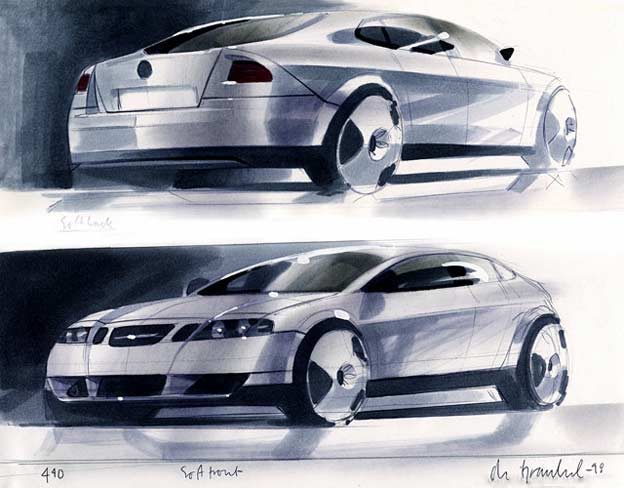
Development and design process started in early 1997(!) and included a number of scale models, including hatchback proposals.
However, In mid 1997 the decision was taken to have a sedan format for the new 9-3 to allow room for a full line-up of future 9-3 derivatives and to reflect the car’s positioning. The new model, marketed as a Sport Sedan, dropped Saab’s iconic hatchback in favour of a more conventional four-door approach.
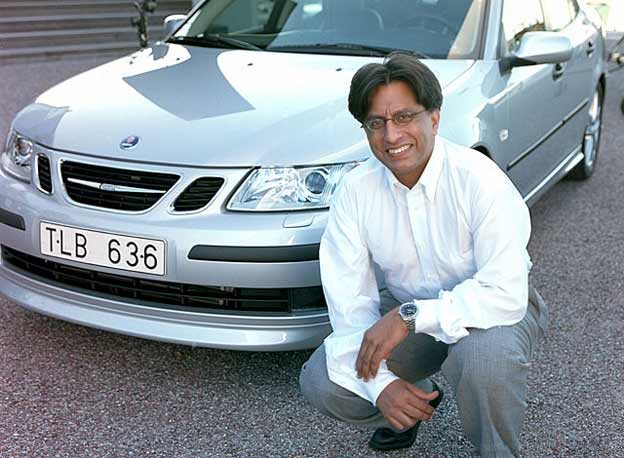
Aamer Mahmud, Chief Designer of the Saab 9-3 said at the time “The car’s shape is intended to reflect its essential character, which is dynamic and sporty. It also avoids any ‘faddish’ styling, which is not the Saab way and dates very quickly”.
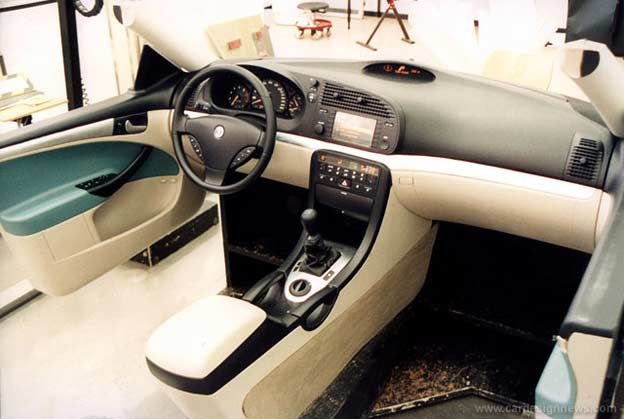
From summer 1997 three 1:1 clay model themes were explored, and model shared a co-developed GM’s Epsilon 1 platform. Compared to its predecessor, the new car is 55mm wider and benefits from a big increase in wheelbase – a full 71mm longer at 2675mm.
The rear profile is the most changed aspect compared to the Saab 9-3 OG, with the long concave tail and the typical slab-sided rear fender being replaced with a short high deck, a conventional bootlid and a more sporty shoulder line.
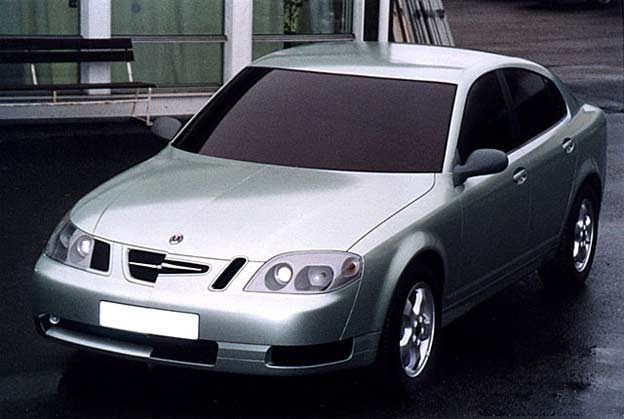
Some typical SAAB cues remain: the strongly rounded front plan shape; the high beltline; the rounded windscreen header profile; the delta wing front grille and, of course, those prominent oval-shaped door handles.
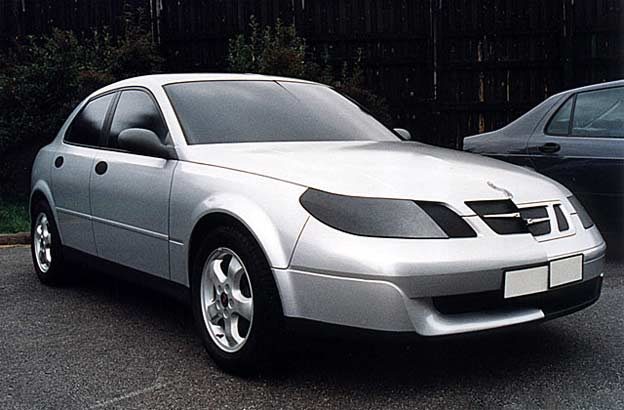
Three 1:1 clay model themes were explored for exterior: Theme M, Theme L and Theme O. Theme M design, with its horizontal and vertical vents and high-up audio controls, was well-accepted and now became the mainstream design direction, under the guidance of Guy Whitla.
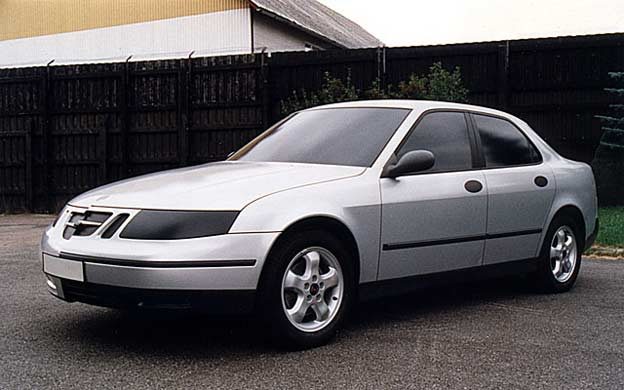
The interior of the new 9-3 is larger in a number of key dimensions than that of its predecessor. The Saab 9-3 body is a conventional steel monocoque but uses an aluminium hood panel and extensive use of aluminium parts in the SAAB-developed suspension. The final design boasts an impressive drag coefficient of 0.28, providing good high speed stability, optimised fuel consumption and low wind noise…
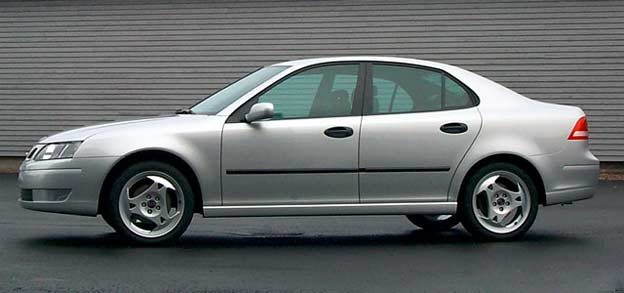
New Saab 9-3 was launched in January 2002, at the North American International Auto Show for the 2003MY. Originally, the 9-3 was due to début with the Opel Vectra in October 2001, at the Frankfurt Motor Show, but in July 2001, it was announced that delays had forced General Motors to postpone the introduction. Both cars were eventually introduced in March 2002, at the Geneva Motor Show.
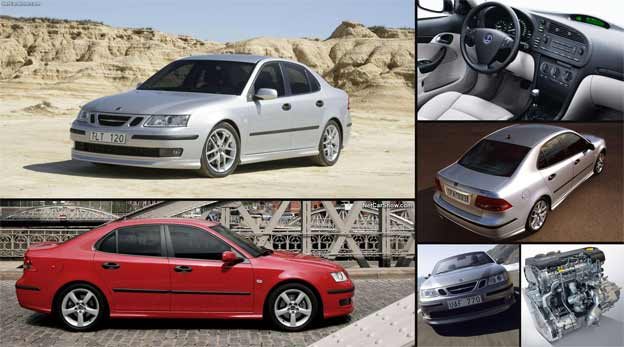

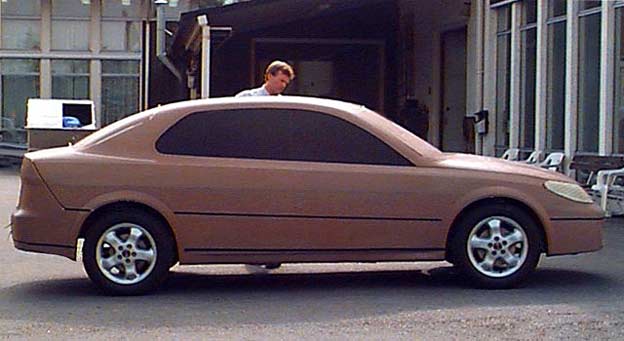





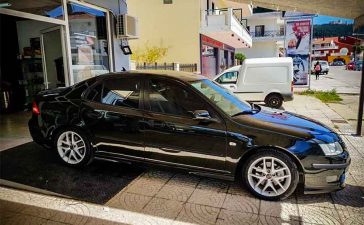

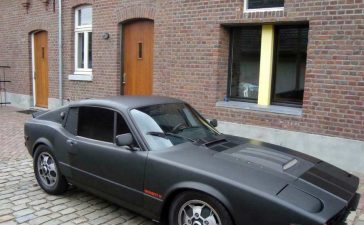


You can see where Q ended up……elements of later cars in that one… especially rear side windows echoing NG9-5
First pic looks like Passat Saloon lol
Shame it was based on THE worst Vauxhall ever made. The Vauxhall Crapalier.
TO David Greenwood >
it was also the worst car Saab ever made as a result. So bad, they changed the name to 9-3 to pretend it was a different car.
it’s a bit extreme, certainly better than the biodegradable models shipped to Canada between the 50s and 70s
GM killed a great car manufacturer
En fantastisk 2005 1,8t SAAB SS Hirsh igen. Min har nu kørt 460000 km. 🤩🤩🤩🤩🤩
Little brother for Saab 9-5
Unlike the 9000, Giugiaro was NOT consulted in the design…
And then they settled with Seat Toledo 1999 design cutting all lines from 900 OG and 900 NG